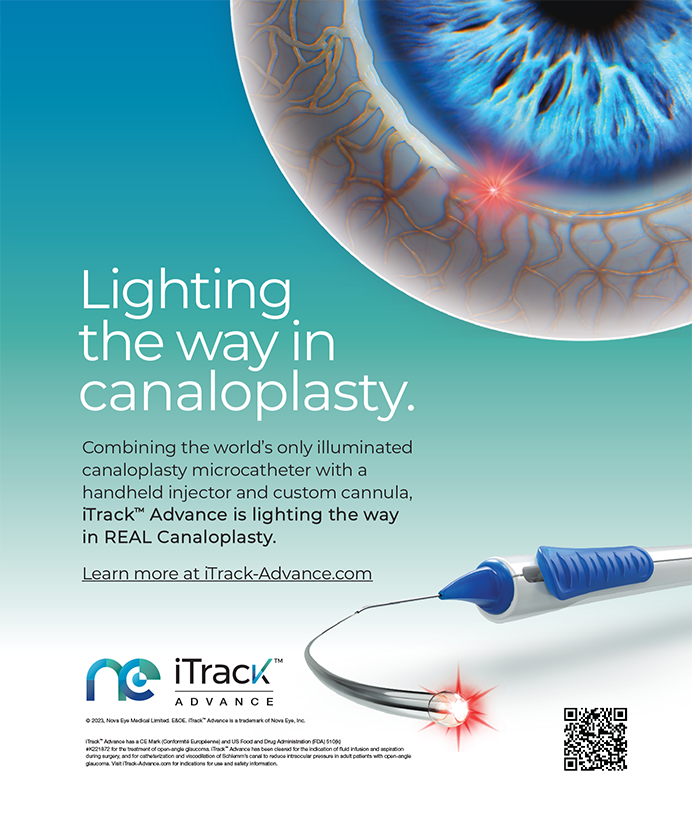It appears that the femtosecond laser is not just for corneal surgery anymore. After several years of development, new intraocular femtosecond lasers designed for cataract surgery are beginning to garner attention. This article discusses my initial clinical use of the LenSx femtosecond laser (LenSx Lasers, Inc., Aliso Viejo, California) in two prospective clinical studies.
BACKGROUND
Phacoemulsification has undergone continued development since its introduction in the 1970s by Charles D. Kelman, MD.1 Although current clinical results are excellent by historical standards, the introduction of advanced IOLs continues to raise the bar for surgical precision and performance. Commercially available femtosecond lasers have been used extensively over the past decade for precise corneal incisions. Intraocular femtosecond lasers may facilitate further surgical improvements by enhancing the precision of key steps of the cataract procedure, including anterior capsulotomy and lens fragmentation.
FEMTOSECOND LASER ANTERIOR CAPSULOTOMY
The capsulorrhexis is arguably the most important step in the cataract procedure, with a good anterior rhexis providing the surgeon considerable flexibility for performing the rest of the surgery. A centered, circular rhexis, with a clean, undamaged capsular edge (something that is not always achieved with manual techniques) has important clinical implications.
Our initial study evaluated the use of the LenSx femtosecond laser for anterior capsulotomy immediately prior to cataract surgery. All laser procedures resulted in a successful capsulotomy with smooth, uniform edges (Figure 1) and no capsular tears. The laser allows the surgeon to create a customized capsulotomy, with the rhexis' diameter individualized for each treatment. I generally chose to perform a 4.5- to 5-mm capsulotomy diameter for a 6-mm optic.
When compared with manual capsulorrhexis (Figure 2), the achieved diameter of laser capsulotomies was significantly more reproducible, with 100% of cases achieving the intended diameter. In contrast, only 10% of the manual rhexis procedures achieved diameter accuracy of ±0.25 mm.
Such exquisite control may be particularly important for accomodating IOLs, where a larger capsulorrhexis (minimum size, 5.5 mm) is thought to enhance the accommodative effect. A rhexis that extends too far peripherally may not allow the IOL to be covered by the anterior capsule, potentially leading to higher rates of posterior capsular opacification.
FEMTOSECOND LASER LENS FRAGMENTATION
We are also evaluating the use of the LenSx femtosecond laser to fragment the lens, with our initial series demonstrating successful lens segmentation into quadrants (Figure 3). No complications have been noted during these procedures, which eliminate the need for manually creating grooves with the phacoemulsification handpiece.
CONCLUSION
Cataract surgery technology continues to evolve in search of better outcomes. The development of a femtosecond laser that can create precise, integrated incisions in multiple parts of the eye presents a new opportunity to elevate our surgical results to the next level of performance.
This article is reprinted from Cataract & Refractive Surgery Today Europe's August 2009 edition.
Zoltan Nagy, MD, is an associate professor at Semmelweis University, Budapest, Hungary. He is a consultant to LenSx Lasers, Inc. Dr. Nagy may be reached at nz@szem1.sote.hu.


